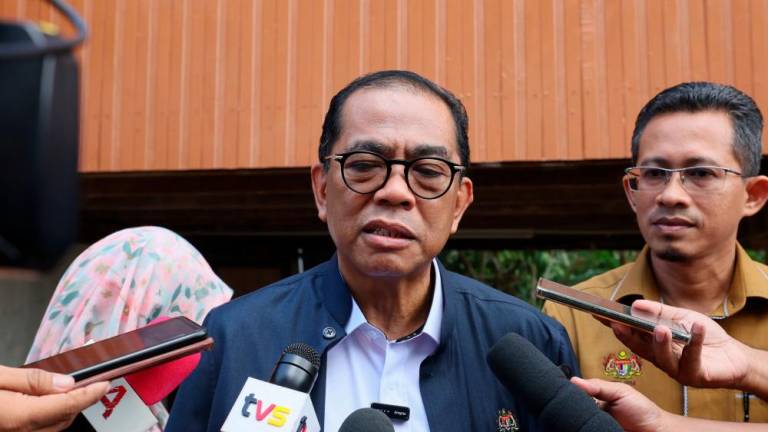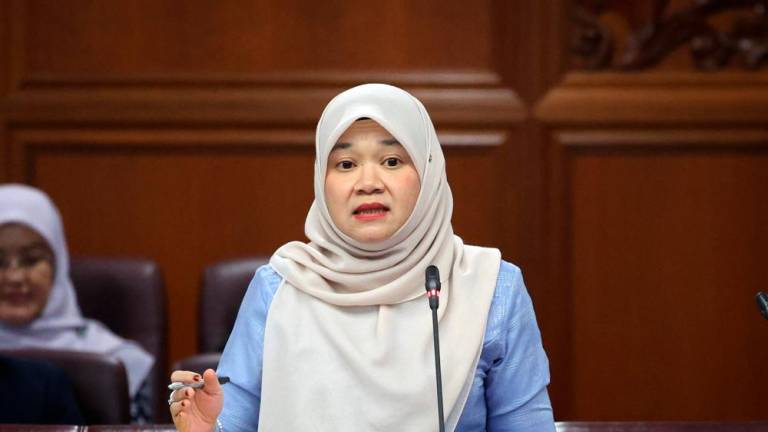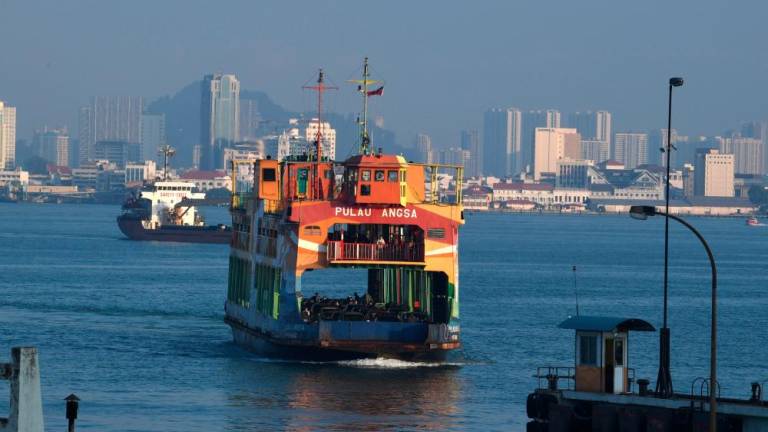PETALING JAYA: Developers and owners across the board are tempering their expectations as the industry adjusts to the closing of the Home Ownership Campaign (HOC) and a lack of strong catalysts this year, according to the PropertyGuru Malaysia Property Market Index (MPMI) Q1 2020 report.
The overall MPMI for the country dropped 1.04 index points from 89.94 in Q3 2019 to 88.90 in Q4 2019.
PropertyGuru said these adjustments, in conjunction with Bank Negara Malaysia’s (BNM) recent revision of the Overnight Policy Rate (OPR) and Budget 2020’s emphasis on rent-to-own (RTO), serve to make property in Malaysia a buyers’ market in the near term.
Its country manager Sheldon Fernandez (pix) said asking prices have been on the downtrend since Q4 2016, bringing down costs of home ownership.
“OPR cuts such as BNM’s in January often lead to lowered interest rates for loans and short-term hikes in approvals, making it an opportune time for property seekers.
“RTO schemes reduce the upfront costs and risks of home ownership by doing away with down payments and allowing participants to opt out of purchases. It should be noted that RTO financing may cost more in the long run than conventional loans,” he said in a statement.
In totality, these factors serve to shore up home seeker sentiment moving forward, though not to the extent of 2019’s HOC. However, impacts here may only be apparent in 2021 and later, due to the delayed purchasing decisions inherent to RTO schemes.
Fernandez said other notable trends include an increase in serviced apartment units coming into the market.
“Confidence in this sub-sector may be due to a rising desire among young professionals and double-income couples with no-kids to live closer to urban centres and places of work to overcome the inconvenience of travel time and cost.
“In this scenario, mid-sized serviced apartments in well-connected locations that are either directly linked or close to commercial amenities are benefiting from increased demand. However, this is highly dependent on area, and should be approached cautiously given the current oversupply of high-rise in some localities.”
Meanwhile, following the Covid-19 outbreak, he said international purchasers’ interest in domestic properties could increase in the coming quarters, particularly in Penang.
The Kuala Lumpur (KL) market contracted 1.35 index points from 96.25 in Q3 2019 to 94.90 in Q4 2019, despite concerted efforts to address oversupply issues including Budget 2020’s revision of foreign ownership thresholds from RM1 million to RM600,000.
Prices are likely to continue their downward trajectory, with supply seeing a 28.8-point increase quarter-on-quarter (qoq), and 87.56-point growth yoy in Q4 2019. This will likely see developers and property owners adjusting prices to remain competitive, prolonging the downturn.
“The incoming supply of residential properties reflects sustained long-term confidence in KL as a hotspot, although this influx into a region that is already coping with sizeable existing stock does not suggest that the price average will be moving upwards in the near term.
“In the meantime, programmes such as Residensi Wilayah and Cagamas Bhd’s Skim Rumah Pertamaku will continue to bridge the gap between consumer demand and developer portfolios,” said Fernandez.
Selangor showcased the most stable asking prices among Malaysia’s major markets, with its MPMI dropping just 0.08 index points from 91.51 in Q3 2019 to 91.43 in Q4 2019.










